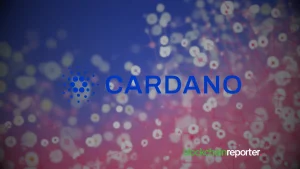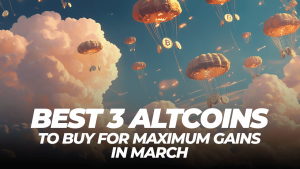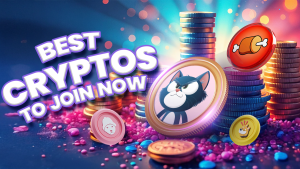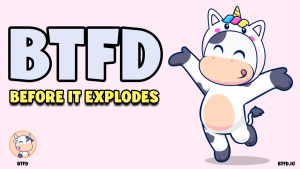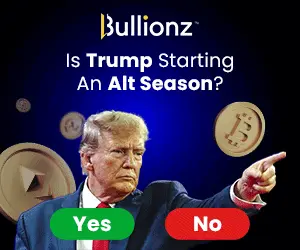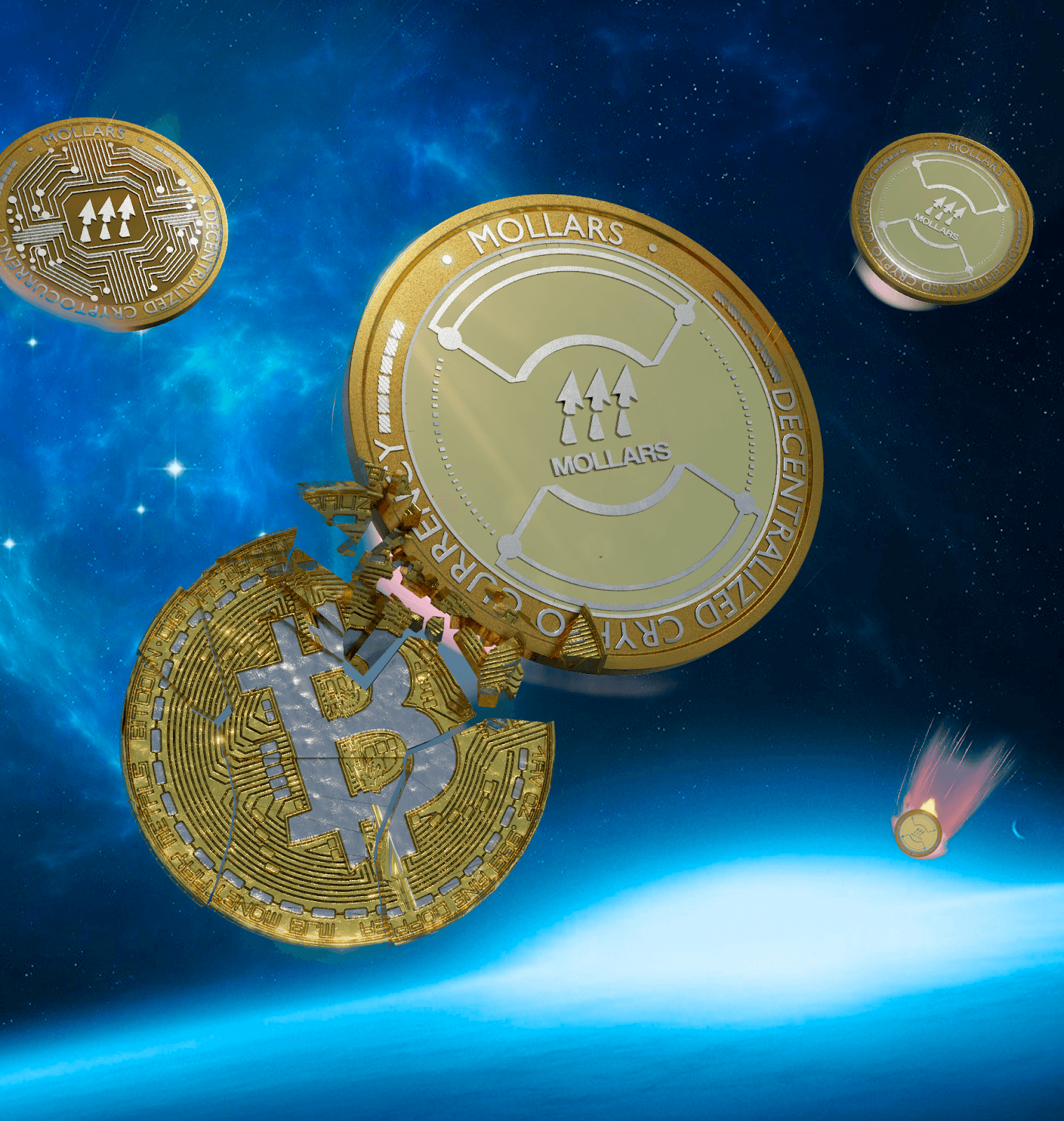
Recently, reports of a mass migration of Shiba Inu traders to a new project on presale drew the attention of the memecoin community. The project in question, Mollars ($MOLLARS), enters the market with the potential to become Ethereum Blockchain’s version of Bitcoin.
This enormous potential has also caught the attention not only of poor-performance assets like SHIB, but also from memecoin investors who have been making profits over the past couple of months. According to the two Mollars presale wallets, a good portion of recent sales have come from Solana’s $BONK token as well. The reason for this “memecoin migration” to Mollars can be explained in a couple of reasons, potential for growth, Bitcoin fees, and a native ERC-20 currency capable of protecting investments from market volatility.
In just two months, the project’s presale amassed over $930,000 in sales, selling over 16% of its total supply in the meantime. As of right now, $MOLLARS is selling for $0.50, while analysts predict the token could end the year above the $10.00 zone by the end of the year.
BONK Investors Turning To Mollars as an Alternative
Mollars ICO has put together a large array of holders from different crypto communities. The token presale wallet addresses [1,2] showcase investors from Tether, Ether, Shiba Inu, and BONK, purchasing the new coin.
Particularly, the growing trend of memecoin traders could indicate a growing confidence in the potential of Mollars. Despite being on the Solana blockchain, BONK investors are joining the presale for a couple of potential reasons.
First of all, being on a different blockchain doesn’t mean that $BONK holders are not active on the Ethereum Blockchain. Wrapped SOL (WSOL) is essentially a tokenized version of the original Solana (SOL) cryptocurrency that exists on the Ethereum blockchain.
As we all know, BONK investors, in its majority, are also enthusiasts of DeFi products such as NFTs. This means that a good portion of investors are also active on the world’s most active blockchain, ERC-20.
By acquiring $MOLLARS, these traders have the possibility of not only buying a token with enormous potential for growth, but also a more scarce and deflationary token that has the ability of better protecting their investments.
Due to its similarities to BTC, many are calling the new project the “alternative to Bitcoin” on the Ethereum Blockchain. The new token indeed has similarities to the world’s largest currency by market capitalization due to its extremely scarce supply, decentralization and no single-figurehead in charge of the project.
Mollars Tokenomics
On that note, Mollars’ supply consists of only 10,000,000—a project half as scarce as Bitcoin itself. When looking at other tokens in the market, it is easy to find currencies with supplies of trillions, if not quadrillions of tokens.
BONK itself has a supply of over 90 trillion tokens. The reason why some currencies have such a vast supply may vary. In BONK’s case, 50% of the supply was initially airdropped to millions of Solana users, and was designed to be used in several microtransactions across several dApps.
In Shiba Inu’s case, the project was built under the premise that over time a large quantity of the supply would be burned, which would heavily affect the value of each individual token. However due to lack of decentralization and a true goal for the project, the billions of SHIB tokens being burned every day are unable to impact the value of $SHIB.
This can lead to a decrease in purchasing power and the value of savings, potentially destabilizing the economy.
For Mollars, inflation poses a significantly-less dangerous threat, when compared to other tokens. Despite it not even having entered the market yet, over 16% of its total supply is already in the hands of holders.
In the presale, traders have the opportunity to acquire 40% of the total supply of 10 million tokens, each priced at half a cent. Given the potential of $MOLLARS to emulate Bitcoin’s trajectory as a deflationary store-of-value asset, the value of each token could potentially increase by a factor of 100 in the foreseeable future.
Time Is Running Out To Maximize Profits From $MOLLARS Presale
The demand for $MOLLARS, a new cryptocurrency, is soaring as investors have already snapped up over 1.64-Million tokens. The presale price of $0.50 per token will soon increase to $0.55 once the 2.5-Million mark is reached. This means that latecomers will miss out on nearly half of the expected profits on the listing day. The early birds will enjoy a +24% return on investment (ROI), while the rest will settle for a +12% ROI.
The biggest buyer of $MOLLARS so far has invested almost $17.2K in the digital currency [report: Crypto.news] , hoping to cash in over $4100 in profits when it hits the crypto exchange. That’s a $24 gain for every $100 spent.
With such lucrative opportunities, $MOLLARS is attracting more and more attention from savvy investors who want to get in on the ground floor of this promising project.







